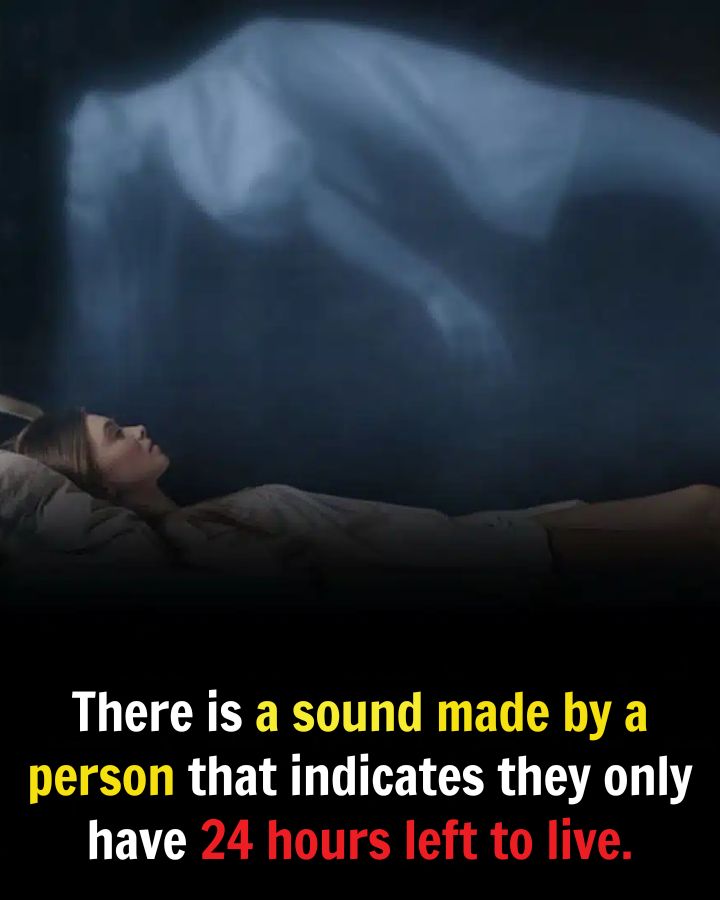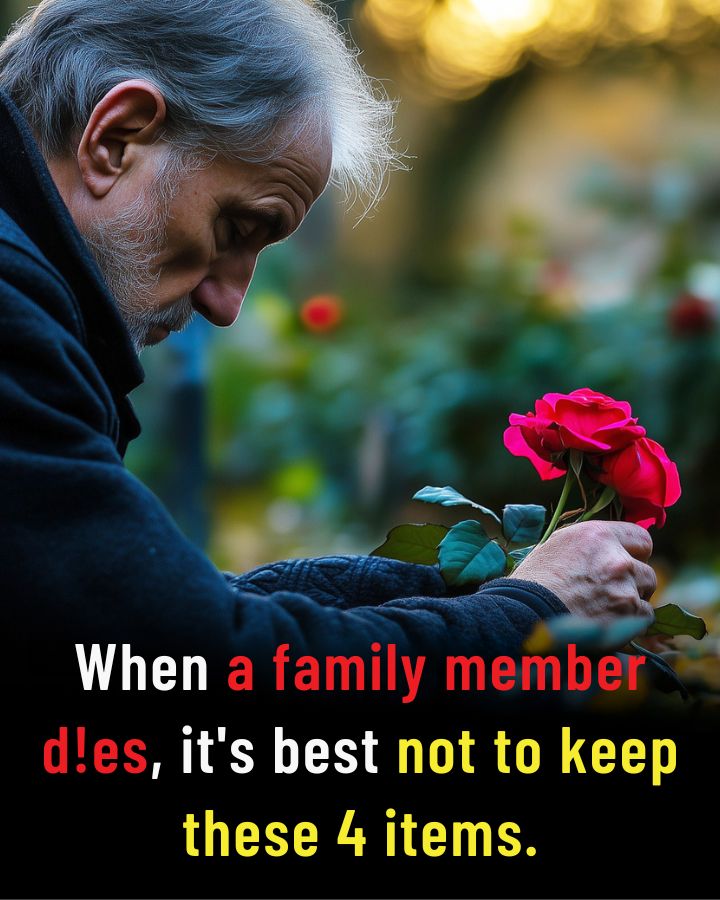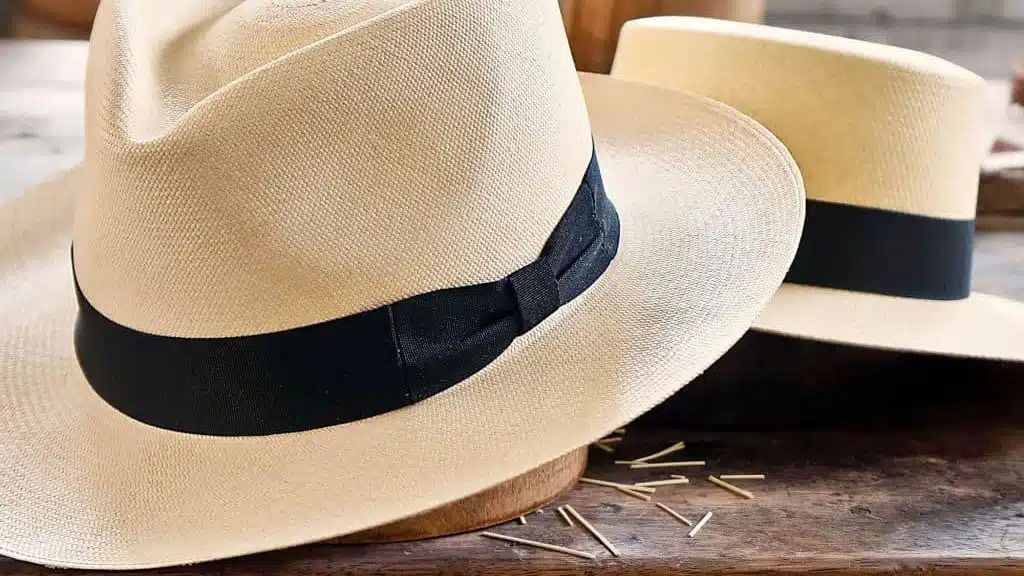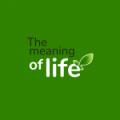
Commonly referred to as the “d3ath rattle,” this term describes a natural sound that often occurs during the final stages of life. While the phrase itself may seem dramatic, the phenomenon is not unusual. It typically happens within the last 24 hours of life when the body becomes too weak to clear fluids such as saliva or mucus from the airways. These secretions build up and produce a wet, gurgling, or rattling sound as the person breathes.
This can be compared to the sound of water struggling to drain in a clogged sink—loud and turbulent. Though the noise may be disturbing to family members, medical professionals reassure that it is not painful for the person who is dying.
What Does This Sound Like?
The sound can differ from person to person—sometimes faint and barely noticeable, and other times louder or more frequent. Typically, it accompanies each breath with small, moist gurgles or crackling noises. Though unsettling, it is not a sign of pain.
By the time this occurs, the person is usually unconscious and unaware of the sound. This phase is a natural part of the dy.ing process, even if it’s emotionally difficult for loved ones.
Why Does It Happen?
As d3ath nears, bodily systems begin to slow down. Essential reflexes like swallowing and coughing fade away, which prevents the clearing of the throat and airway secretions.

As a result, breathing becomes noisy. This is a mechanical outcome of the body shutting down, similar to an engine that’s still running but no longer functioning properly.
How Long After the Rattle Begins?
On average, a person may live for around 25 hours after the d3ath rattle appears. However, this can vary. Some people pa.ss away within a few hours, while others may linger for days, particularly with attentive palliative care.
It’s important to understand that the presence of the rattle does not indicate that d3ath is immediate—it’s simply a signal that the body is entering its final phase.
Other Signs That The End of Life May Be Near
The d3ath rattle is just one of several signs that a person is approaching the end of life. Others may include:
- Irregular or shallow breathing
- Cold or bluish hands and feet
- Marbled or blotchy skin
- Drowsiness, confusion, or decreased awareness
- Unusual movements or restlessness
While these signs can be hard to watch, they are a normal part of the body’s natural decline.

Can this Rattle Be Eased?
Yes, there are several ways to manage the sound and provide comfort:
Repositioning the person, such as turning them on their side or elevating their head, may help drain secretions.
Moistening the mouth with damp cloths can reduce dryness and discomfort.
Gentle suctioning may be used in some cases to clear excess fluids.
Reducing fluid intake can limit secretion buildup.
Medications may be prescribed to dry secretions safely and gradually.
These measures are meant to enhance comfort, not to alter the natural timing of d3ath.
What Loved Ones Should Remember
Although the sound of the d3ath rattle can be distressing, it does not indicate that the person is suffering. Medical teams are there to guide families through this stage, offering reassurance and support.

This time can also hold deep meaning. Holding hands, whispering kind words, or simply being present can bring peace to both the dying person and those around them.
A Peaceful, Natural Transition
The d3ath rattle is not a signal of agony—it’s a sign that the body is slowing down. Much like the quiet fall of twilight, it marks the final moments of life. Though fragile and emotional, these moments are also deeply human, filled with tenderness, love, and the quiet dignity of letting go.
4 Items You Shouldn’t Keep After a Loved One Pa.ss.es Away

When we lose someone dear to us, it’s natural to want to hold on to something—an item of clothing, a pair of shoes, a personal belonging. These tangible items become emotional anchors, tokens of connection to the person we’ve lost.
But while they may offer comfort, certain objects can quietly hinder the grieving process. What if releasing them could be another meaningful way to honor our loved ones?
Here are four types of keepsakes that might be better left behind—or thoughtfully transformed—rather than preserved or passed on.
1. Clothing: When Fabric Becomes a Time Capsule
A jacket hanging in the closet, a scarf still carrying their scent—clothing is often the first thing we hold on to after a loss. It brings the comforting illusion that they’re still nearby, that we might turn a corner and see them again.
But this illusion can become a barrier. Holding on to their clothes untouched can keep us rooted in the past, making it harder to come to terms with their absence. For younger generations, inheriting these clothes can feel more like an emotional weight than a cherished gift.
Instead, consider repurposing a piece of clothing into something symbolic—a pillow, a small pouch—or donating it to someone in need. Letting go can be an act of generosity and healing.
2. Favorite Objects: Between Sentiment and Attachment

Whether it’s a well-loved book, a vintage watch, or a trinket from their shelf, these objects may have held deep meaning for the person who passed. But for those left behind, they can become emotionally charged and hard to carry.
Keeping one or two items that truly resonate can be comforting, but clinging to too many can turn a home into a shrine. It may trap us in grief, making it hard to move forward and live fully in the present.
What truly keeps a person’s memory alive is not their possessions, but the values they lived by, the stories they shared, and the love they gave.
3. Shoes: Symbols of Journeys Past
Shoes carry powerful symbolism—they tell the story of where someone has walked, the life they’ve led. But they’re also personal and practical items that rarely suit someone else perfectly.
Passing down a deceased person’s shoes, especially to children, can send an unintended message—to walk in their footsteps rather than chart their path.
Giving a loved one new shoes can be a beautiful gesture of encouragement, a way of saying: Choose your own journey.
4. Hats: A Quiet Signature of Identity

A hat might seem like a small thing, but it often reflects someone’s personality or daily routine. Holding onto it can stir powerful emotions, acting as a daily reminder of the absence.
Rather than preserving a hat that carries sorrow, why not create a memory that uplifts—a shared story, a heartfelt letter, a photo over dinner. Sometimes the lightest memories are the ones that shine the longest.
Turning Loss Into Living Memory
Letting go doesn’t mean forgetting. It means carefully choosing what we carry forward. Grieving is not about discarding the past, but about transforming it—moving from the physical to the emotional, from possession to presence.
What we leave our children shouldn’t be a burden of sorrowful objects, but a legacy of strength, love, and peace that continues to support them, even in our absence.















